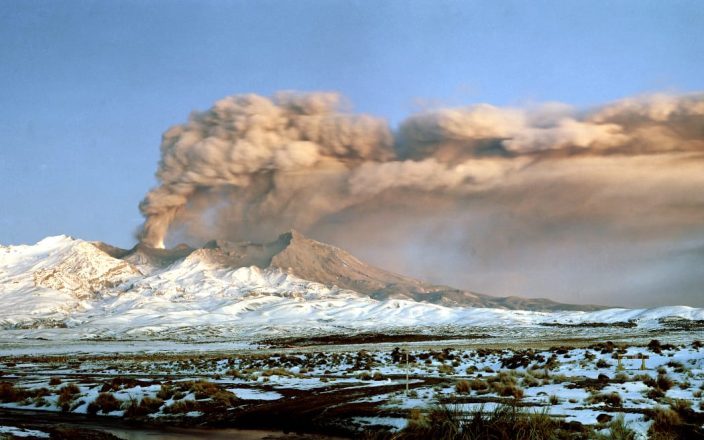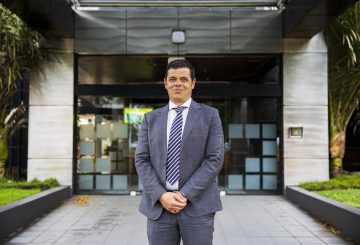ニュージーランドの火山であるルアペフ山は、1995年から1996年に最後に噴火しました。専門家によると、再び噴火すれば、オークランドのような場所も含め、北島の多くの家屋が灰で覆われる可能性があるという。自然災害委員会はGNS Scienceの新しいモデルに資金を提供しています。このモデルは、救急隊が灰の落ちる場所と量を追跡するのに役立ち、迅速な対応に役立ちます。
GNS の Josh Hayes 博士がこのモデルに取り組んでいます。彼はルアペフが今後50年以内に再び噴火する可能性が高いと考えています。過去の噴火はほとんど被害をもたらさなかったが、次の噴火はより大きく、さまざまな地域に影響を与える可能性がある。ニュージーランドの過去の降灰量に関するデータは限られているため、研究者は他の国の情報を利用して影響を予測しています。
新しいモデルでは、Geonet から得られるリアルタイムの降灰データを、建物とそのリスクに関する情報と組み合わせて使用します。これにより、緊急チームは噴火の際にどの構造物が損傷を受ける可能性があるかを把握しやすくなります。特に火山が複数回噴火した場合は、モデルは常に新しい情報で更新されます。
ヘイズ博士は、火山灰が何らかの問題 (側溝の崩壊など) を引き起こす可能性があるが、火山の近くには住宅があまりないため、建物に重大な被害が及ぶ可能性は低いと指摘した。周囲の土地のほとんどは国立公園であり、深刻な破壊に対する自然の障壁となっています。
自然災害委員会の目標は、ニュージーランドの自然災害に対する備えを強化することです。彼らは、火山噴火のような事象が発生した後、地域社会がより早く回復することを望んでいます。ルアペフ市長のウェストン・カートンは、空港やスキー場が混乱した1996年の噴火を覚えています。彼は新しいアッシュフォールモデルを支持し、それによって将来の計画と対応が改善されることを期待しています。このモデルは 2025 年末までに完成する予定です。






























































